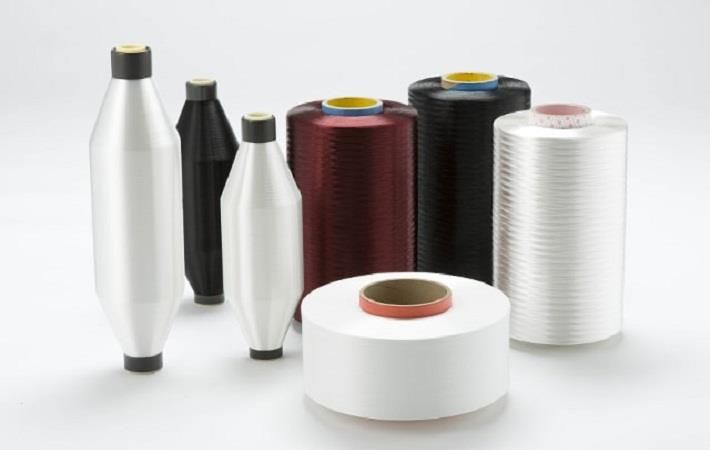
The textile’s structure has microscopic slits running lengthwise on the yarn. Water repelling treatments fill these slits below the outside diameter of the yarn, also making the treatment more abrasion-resistant. This results in two benefits – the construction enables the textile to use C6 water repellents, which are normally insufficient for outdoor sports and the textile provides more resistance to abrasion, which is a leading contributor to diminishing DWR performance, said Toray in a press release.
Despite the slits, the textile has the strength and abrasion-resistance of other yarns and is processed the same way. Fluorine-based water repellents used in the past do not easily decompose naturally because of its stable chemical structure. It also contains perfluorooctanoic acid (PFOA), which could accumulate in the human body and remain in the natural environment. Recent years have witnessed increasing environmental consciousness and there are growing needs for materials using water repellents with low environmental burden such as C6 water repellents do not contain PFOA. Leveraging the textile’s high water repellant properties, Toray will target the active outdoor sports and skiing markets, as well as athleisure. (PC)
Fibre2Fashion News Desk – India